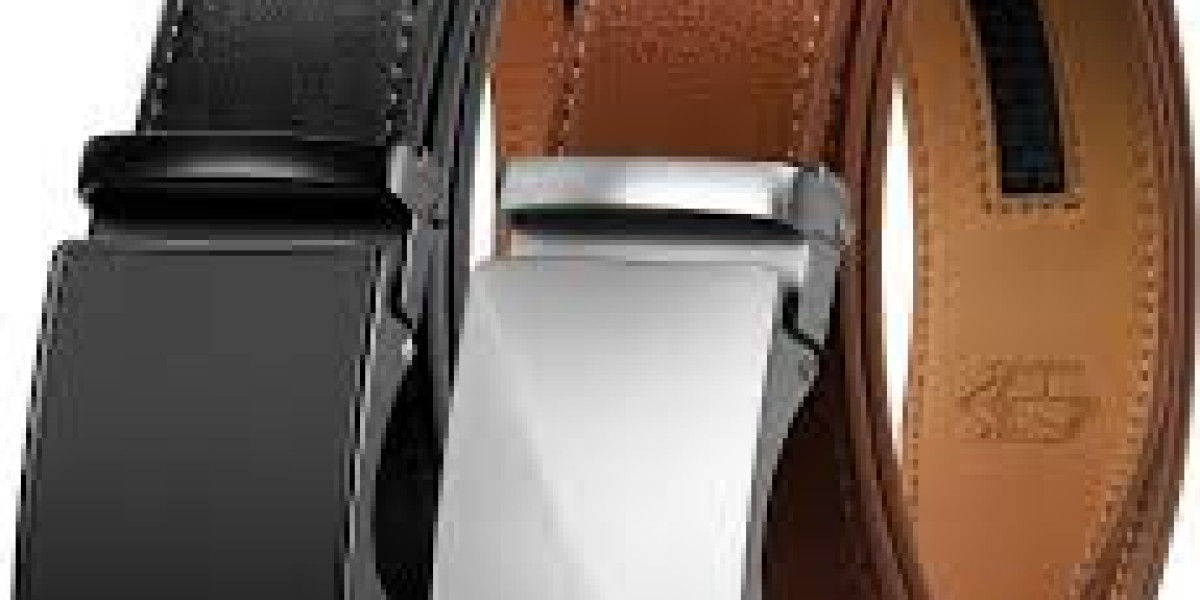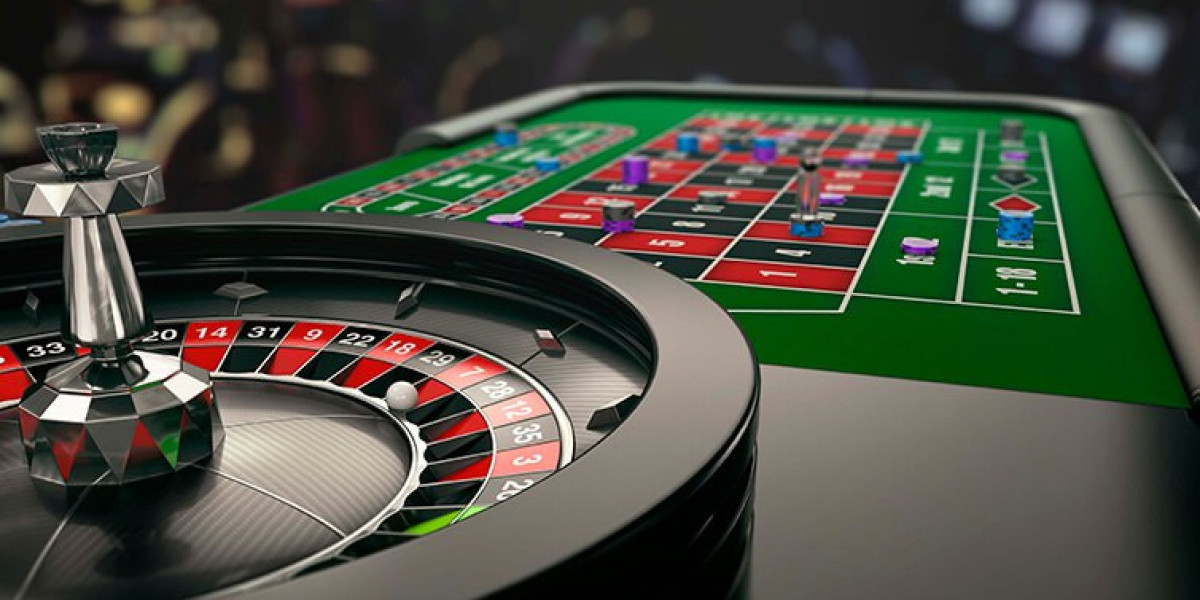Leather belts are more than just a functional accessory to keep your pants up; they are a timeless fashion staple that can elevate your style. Whether you're dressing up for a formal occasion or adding a touch of sophistication to a casual outfit, a leather belt is an essential piece that should be in every wardrobe. This comprehensive guide will take you through everything you need to know about leather belts, from choosing the right one to maintaining its quality and longevity.
The Appeal of Leather Belts
Leather belts have been a staple in fashion for centuries, and their popularity shows no signs of waning. The primary reason behind their enduring appeal is their versatility. Whether you're a fan of classic styles or more modern designs, there's a leather belt out there that suits your taste. Additionally, leather belts are known for their durability. A well-made leather belt can last for years, making it a worthwhile investment.
Types of Leather Used in Belts
Not all leather belts are created equal. The type of leather used in crafting a belt significantly impacts its quality, durability, and price. Here's a look at the most common types of leather used in belts:
Full-Grain Leather
Full-grain leather is the highest quality leather available. It is made from the top layer of the hide, which includes all the natural grain. This type of leather is incredibly durable and develops a beautiful patina over time, adding to its charm. Full-grain leather belts are often considered luxury items due to their premium quality.Top-Grain Leather
Slightly lower in quality than full-grain, top-grain leather is still an excellent choice for belts. The top layer of the hide is sanded to remove imperfections, giving the leather a smooth and uniform appearance. Top-grain leather belts are durable and offer a more polished look than full-grain options.Genuine Leather
Genuine leather is made from the lower layers of the hide and is often coated with synthetic materials to enhance its appearance. While not as durable as full-grain or top-grain leather, genuine leather belts are more affordable and still offer a decent level of quality.Bonded Leather
Bonded leather is made from leftover scraps of leather that are bonded together with adhesives. These belts are the least durable and are often considered the lowest quality. However, they are also the most budget-friendly option.
Choosing the Right Leather Belt
When selecting a leather belt, there are several factors to consider to ensure you're making the right choice for your wardrobe:
Belt Width
The width of the belt is an essential aspect to consider, as it can affect both the belt's appearance and functionality. Narrow belts, typically around 1 inch wide, are best suited for formal attire, such as dress pants or suits. Wider belts, ranging from 1.5 to 2 inches, are more casual and work well with jeans or chinos.Belt Length
A well-fitting belt should have just the right amount of excess after it's fastened—enough to tuck into the first belt loop or keeper. To find the correct size, measure your waist and add 2-3 inches to determine your belt size.Buckle Style
The buckle is a significant element of the belt's overall style. For formal occasions, opt for a sleek, simple buckle in a classic finish like silver or gold. Casual belts can feature more decorative or larger buckles, adding a bit of personality to your outfit.Color
When it comes to leather belts, black and brown are the most versatile and widely used colors. A black leather belt is a must-have for formal wear, while a brown belt is perfect for casual settings. However, don't be afraid to experiment with different shades and finishes, such as tan, oxblood, or even textured leather.
How to Care for Your Leather Belt
Proper care is essential to maintaining the quality and longevity of your leather belt. Here are some tips to help you keep your belt in top condition:
Avoid Over-Tightening
Over-tightening your belt can cause the leather to stretch and lose its shape over time. Always wear your belt comfortably without pulling it too tight.Clean Regularly
Leather can accumulate dirt and oils from daily wear, so it's essential to clean your belt regularly. Use a soft, damp cloth to wipe down the surface and remove any dirt or grime. Avoid using harsh chemicals or soaking the leather, as this can cause damage.Condition the Leather
Just like your skin, leather needs moisture to stay soft and supple. Apply a leather conditioner every few months to keep your belt from drying out and cracking. Be sure to use a product specifically designed for leather and follow the manufacturer's instructions.Store Properly
When not in use, store your leather belt in a cool, dry place away from direct sunlight. Hanging your belt by the buckle can help prevent creases and maintain its shape.Rotate Your Belts
If you own multiple leather belts, it's a good idea to rotate them regularly. This prevents any one belt from experiencing excessive wear and tear, prolonging its lifespan.
Styling Tips for Leather Belts
Leather belts are incredibly versatile, but knowing how to style them can elevate your outfit to the next level. Here are some tips to help you wear your leather belt with confidence:
Match with Your Shoes
One of the golden rules of fashion is to match your belt with your shoes. A black belt should be worn with black shoes, while a brown belt pairs perfectly with brown shoes. This simple coordination instantly makes your outfit look more polished and put-together.Coordinate with Your Watch
If you wear a leather watch, try to match the color of your belt with the watch strap. This subtle detail can make a significant impact on your overall look, creating a cohesive and harmonious appearance.Consider the Occasion
The type of belt you wear should align with the occasion. For formal events, stick to a sleek, understated leather belt with a simple buckle. For casual outings, you can experiment with different textures, colors, and buckle designs to showcase your personal style.Tuck in Your Shirt
A leather belt is meant to be seen, so make sure to tuck in your shirt when wearing one. This not only highlights the belt but also gives you a more polished and refined appearance.Experiment with Different Outfits
Don't be afraid to try pairing your leather belt with various outfits. A brown leather belt can add a touch of warmth to a navy suit, while a black belt can provide a sleek contrast to a pair of gray trousers. Play around with different combinations to find what works best for you.
The Sustainability of Leather Belts
In recent years, sustainability has become a crucial consideration for many consumers. When it comes to leather belts, there are several factors to keep in mind:
Ethical Sourcing
Many leather belts are made from hides that are by-products of the meat industry. However, it's essential to consider whether the leather was sourced ethically. Look for brands that prioritize animal welfare and use sustainable practices in their production processes.Durability
One of the most sustainable aspects of leather belts is their durability. A high-quality leather belt can last for decades with proper care, reducing the need for frequent replacements. This longevity makes leather belts a more eco-friendly choice compared to synthetic alternatives that may wear out quickly.Recycling and Upcycling
When your leather belt eventually reaches the end of its life, consider recycling or upcycling it. Many artisans and designers repurpose old leather belts into new accessories, giving them a second life and reducing waste.
Investing in a Quality Leather Belt
While it may be tempting to opt for a cheaper, lower-quality belt, investing in a high-quality leather belt is always the better choice in the long run. Not only will it last longer, but it will also provide better comfort and style. When shopping for a leather belt, consider it an investment piece that will serve you well for years to come.
Look for belts made from full-grain or top-grain leather, as these materials offer the best durability and appearance. Pay attention to the craftsmanship, including the stitching and the quality of the buckle. A well-made leather belt is an accessory that can elevate your wardrobe and withstand the test of time.
Leather belts are a classic accessory that can enhance any outfit. From the type of leather used to the care and styling tips, there’s a lot to consider when choosing the perfect belt. By understanding the different aspects of leather belts and how to care for them, you can ensure that your belt remains a staple in your wardrobe for years to come.
Whether you’re dressing for a formal event or adding a finishing touch to a casual look, a quality leather belt is an investment worth making. With the right care and attention, your leather belt will not only serve its functional purpose but also become a defining element of your style.


